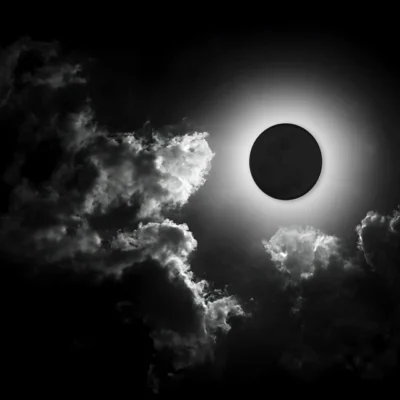Candi Sambisari Shiva Temple, Indonesia

Address
Candi Sambisari Shiva Temple, Indonesia
Sambisari hamlet, Sleman Regency,
Yogyakarta, Indonesia 55571
Moolavar
Shiva
Introduction
Sambisari is a 9th-century Shiva temple located at Sambisari hamlet, Purwomartani, Kalasan, Sleman Regency, and Special Region of Yogyakarta, Indonesia. The temple was buried about five meters underground. Parts of the original temple have been excavated. The temple is located about 8 kilometers (5.0 mi) east of Yogyakarta near Adisucipto International Airport.
Puranic Significance
The temple emerged in July 1966 by a farmer when working on land that belongs to Karyowinangun. His hoe hit the carved stone which was a part of the buried temple ruins. The news of discovery reached the Archaeology office in Prambanan and the area was secured. The excavation and reconstruction works was completed in March 1987. The temple is thought to have been buried by an eruption of volcanic ash from the nearby Mount Merapi.
Based on architectural and ornamental similarities to another temple in Indonesia, Prambanan, the presence of statues around the temple walls, and the lingga-yoni inside the main temple, historians have concluded that Sambisari was a Shivaite temple built around the first or second decade of the 9th century (circa 812-838).
Special Features
The outer parts are 8 m (26 feet) wide terraces. Recent excavations revealed the outer layer of walls surrounding the temple, which cover a wider area. Only the north-eastern part of this outer wall was excavated, the rest still is buried underground.
The Sambisari complex was surrounded by a rectangular wall made from white stone measured 50 by 48 meters (164 ft × 157 ft). In this main yard, there are eight small lingam, four located at the cardinal points and four others in the corners.
The body of the main temple measures 5 by 5 meters (16 ft × 16 ft) and 2.5 meters (8 ft 2 in) high. Around the temple walls are niches containing statues of gods, topped by Kala’s head. In the northern niche, there is a Durga statue, in the eastern niche, a Ganesha statue, and in the southern niche, an Agastya statue. The portal to the main room is on the western side. The entrance is flanked by niches that once contained guardian statues of Mahakala and Nandisvara. Inside the temple reside a yoni, measured 1.34 by 1.34 meters and 1.18 meters high. On the north side of the yoni, there is a waterspout supported by an Nāga serpent. Atop the yoni is a linga measuring 0.29 by 0.29 meters (11 in × 11 in) at the base and 0.85 meters (2 ft 9 in) high.











Century/Period
8th century (circa 812-838).
Managed By
UNESCO World Heritage Site
Nearest Bus Station
Nearest Railway Station
Nearest Airport
Adisucipto International Airport.









